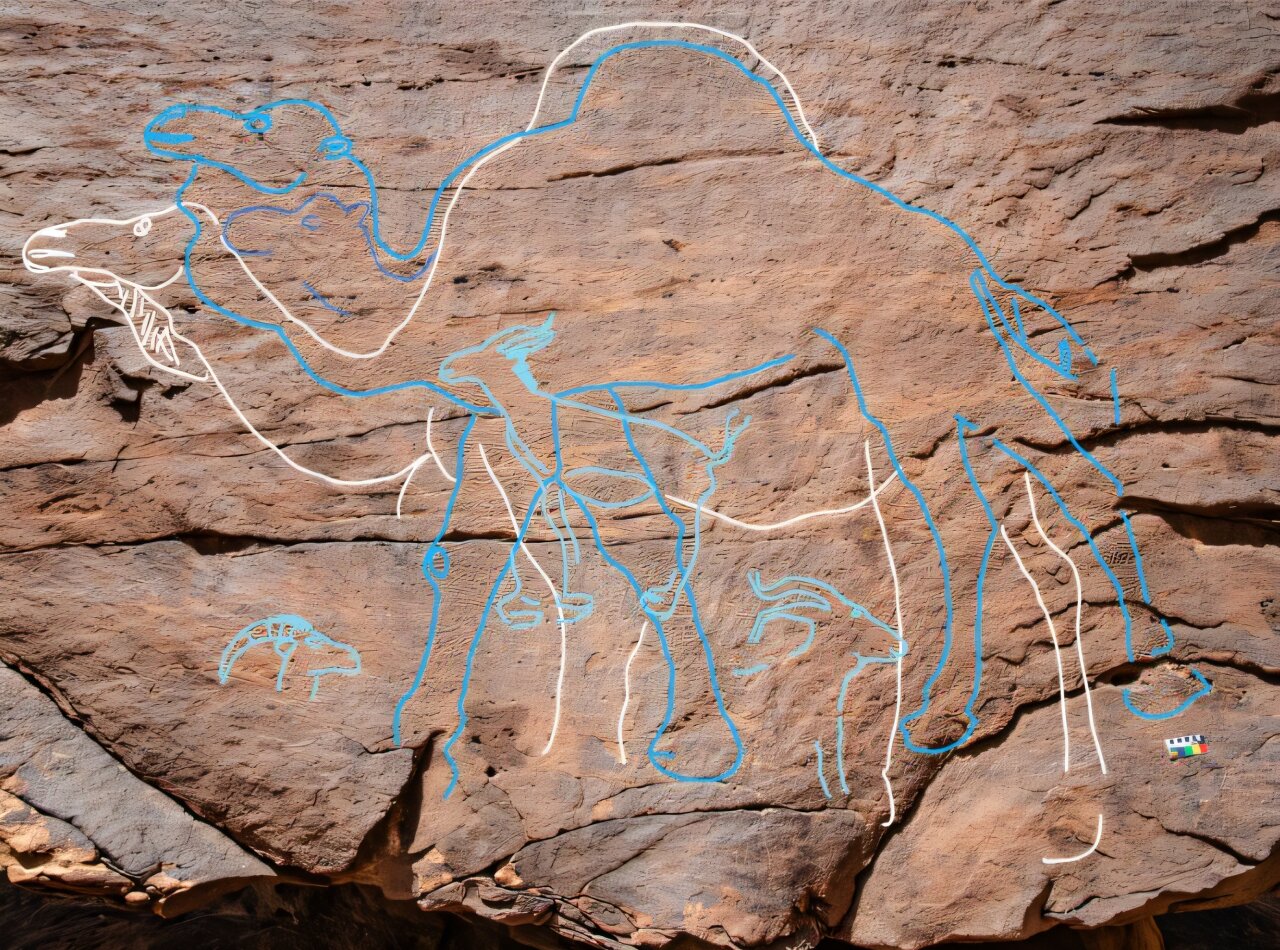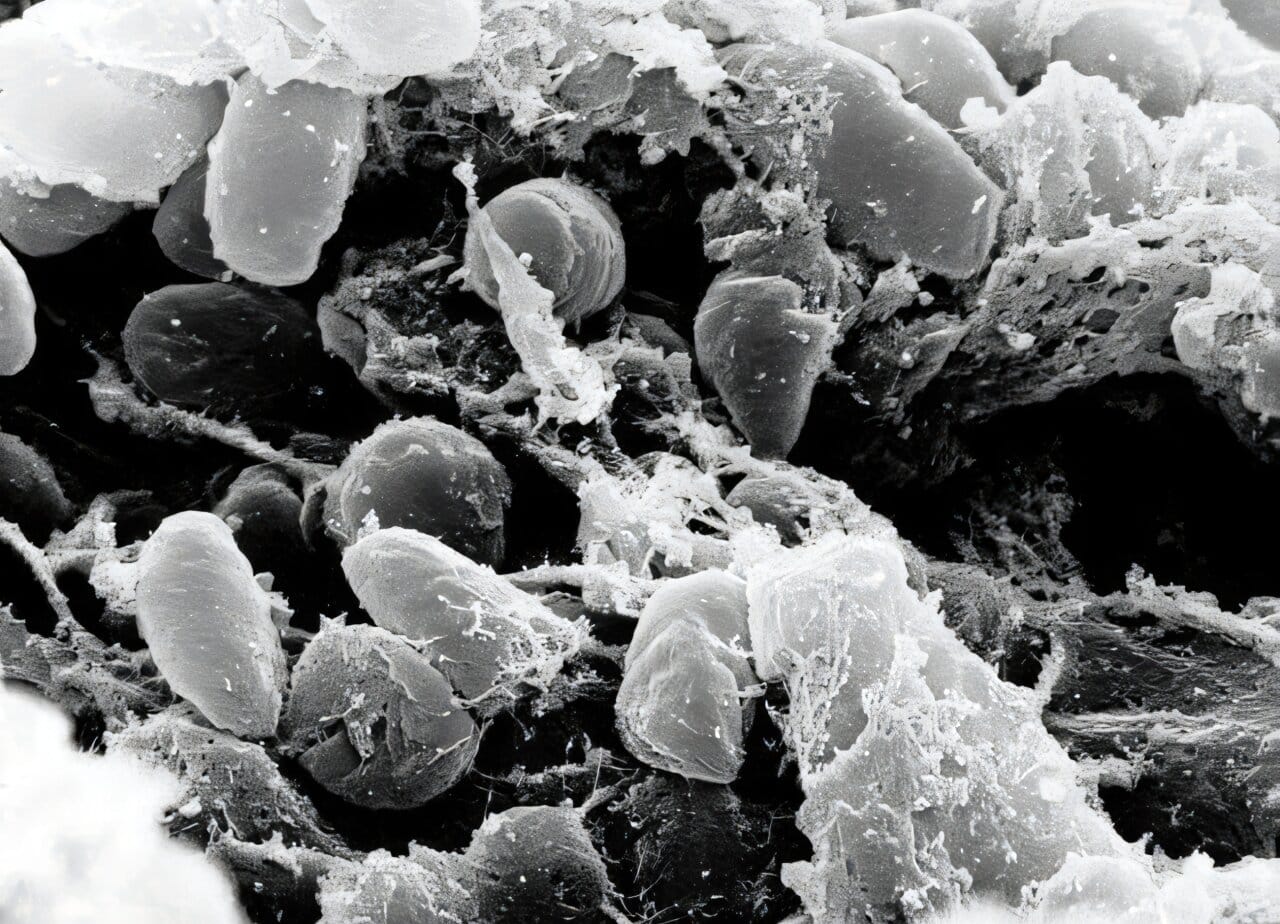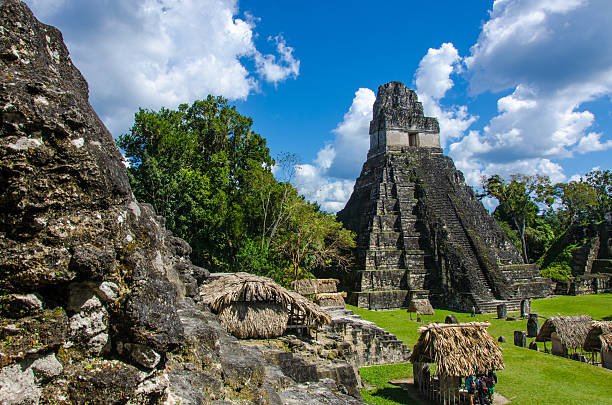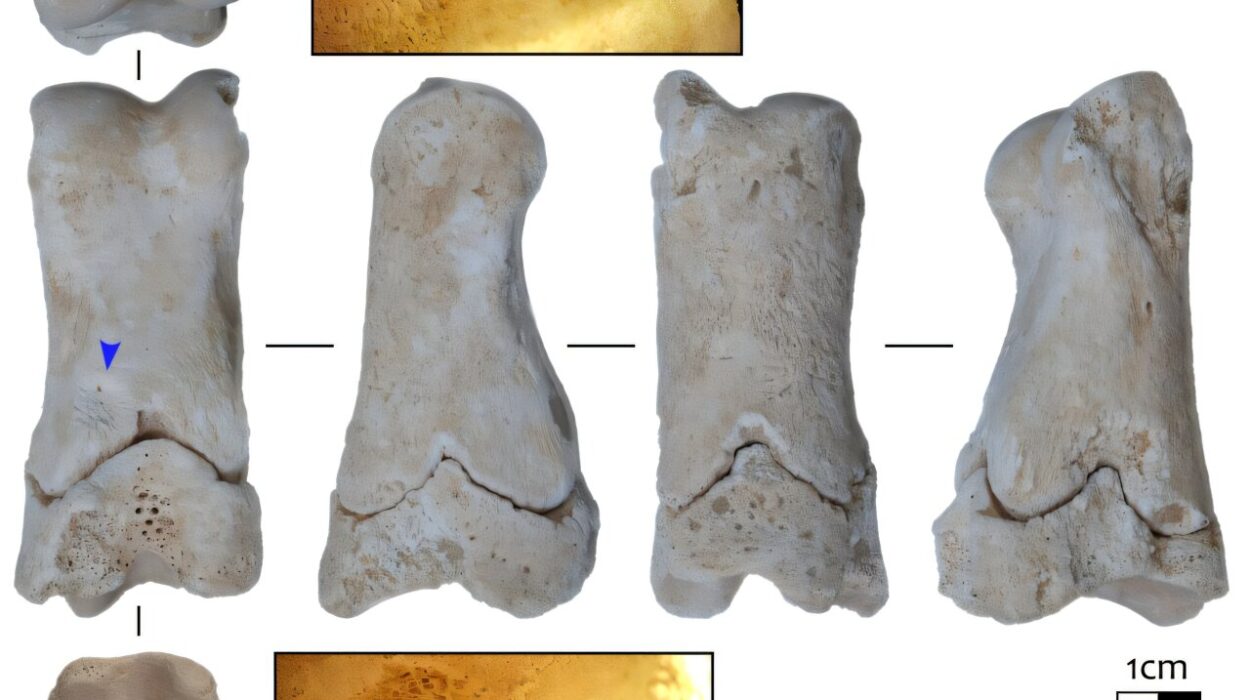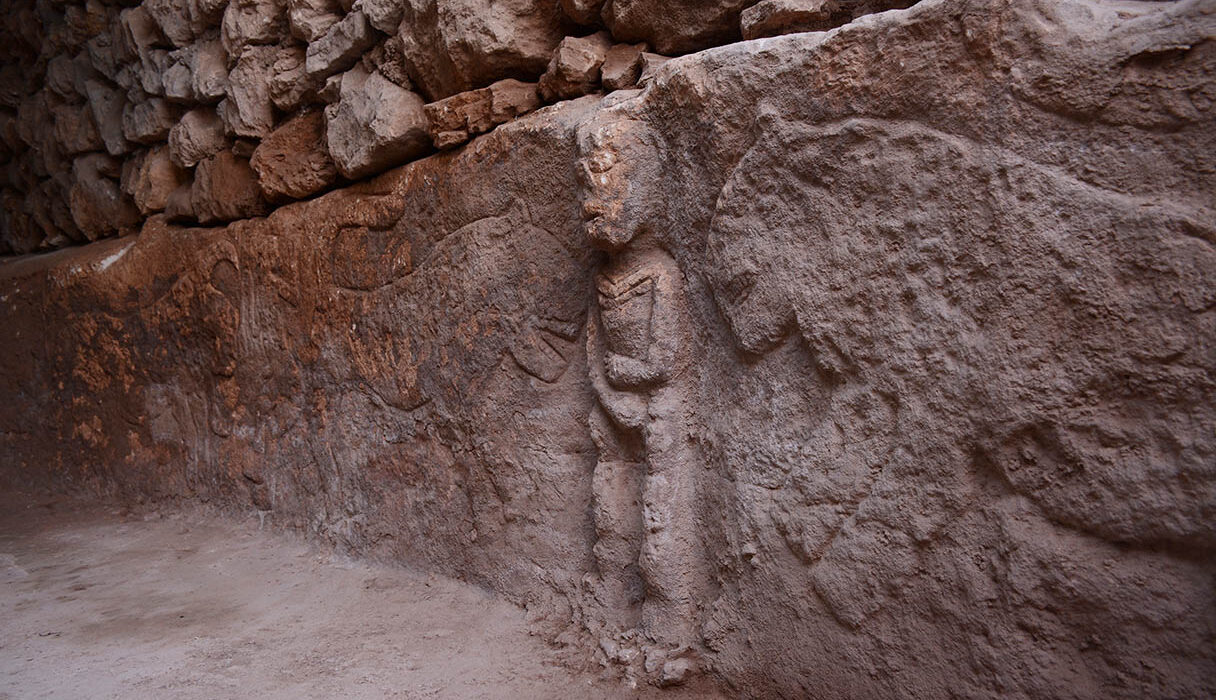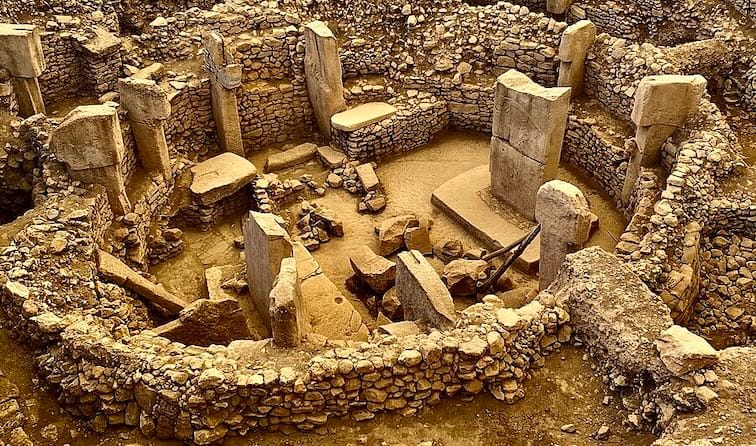At the height of the Last Glacial Maximum, around 20,000 years ago, northern Arabia was an unforgiving land. Hyper-arid conditions made survival nearly impossible, pushing life to the edges of deserts where resources could still be found. Yet the story of humanity is a story of resilience. When seasonal rains and water sources gradually returned during the Pleistocene-Holocene transition, human groups were drawn back into the heart of the desert. They did not come empty-handed. They carried with them not only the tools of survival but also a vision of culture, memory, and identity—etched forever into the towering cliffs of Arabia.
A groundbreaking study has now illuminated this remarkable period. Published in Nature Communications and led by the Saudi Ministry of Culture’s Heritage Commission alongside international partners—including the Max Planck Institute of Geoanthropology, KAUST, University College London, and Griffith University—the research is part of the ambitious Green Arabia Project. Together, these scientists have uncovered evidence that humans thrived in northern Arabia during a period of dramatic environmental change, leaving behind monumental rock art unlike anything seen before.
The Discovery of a Monumental Legacy
In the southern edge of the Nefud Desert, at sites named Jebel Arnaan, Jebel Mleiha, and Jebel Misma, archaeologists documented over 60 rock art panels containing 176 engravings. These were not small, hidden etchings tucked into caves or sheltered spaces. They were colossal, public, commanding images cut into cliff faces that rise nearly 40 meters above the desert floor.
The engravings depict camels, ibex, equids, gazelles, and even the now-extinct aurochs, carved with striking naturalism and detail. Some figures are life-sized, stretching up to 3 meters long and more than 2 meters tall. Altogether, 130 of the images represent animals with astonishing accuracy, testifying to the keen observational skills and artistic commitment of their creators.
To carve these figures, ancient artists had to risk climbing narrow ledges and working on dangerous heights. This effort alone suggests that the engravings were far more than decoration. They were deliberate statements—symbols of presence, identity, and perhaps even territorial rights.
Markers of Water, Movement, and Memory
The timing of the engravings is critical. Dating between 12,800 and 11,400 years ago, they were created when northern Arabia was emerging from its driest phase. Sediment analysis confirms that seasonal water bodies reappeared in the region during this time, creating rare opportunities for both humans and animals to flourish.
Rock art, then, was not only artistic expression but also a tool of survival. Dr. Ceri Shipton of University College London explains that the engravings may have functioned as markers of water sources and movement routes, guiding communities through a challenging landscape. For people living in a fragile environment, knowledge of water was everything. To mark it with monumental art was to preserve memory across generations, ensuring that descendants would know where life could be sustained.
The engravings also hint at a sense of belonging. Dr. Maria Guagnin of the Max Planck Institute describes them as “statements of presence, access, and cultural identity.” They were visual claims staked into the cliffs, announcing that a community had not only passed through but belonged to this desert.
Evidence of Wider Connections
The discoveries go beyond rock art. Archaeologists also found artifacts that link these Arabian communities to broader cultural networks. Levantine-style El Khiam and Helwan stone points, dentalium beads, and traces of green pigment suggest interaction with Pre-Pottery Neolithic populations in the Levant. These items tell of long-distance connections—proof that northern Arabia was not an isolated frontier but part of a wider human world.
Yet the rock art stands apart. Unlike the smaller, hidden engravings found elsewhere in the region, these monumental panels seem to represent a unique cultural identity. They are a bold statement of life and survival in a place that had long seemed uninhabitable.
A Distinct Cultural Identity
What sets the Arabian engravings apart is not only their size but also their symbolism. While neighboring regions produced art with ritual or practical purposes, the sheer scale and public placement of the Nefud Desert panels suggest something more communal, more declarative.
Dr. Faisal Al-Jibreen of the Saudi Ministry of Culture describes them as a “unique form of symbolic expression” adapted to the demands of an arid environment. This was not borrowed culture—it was its own language of survival and memory. In a land where the environment constantly shifted between extremes of abundance and desolation, carving immense animals into cliffs was a way of asserting continuity. It said: we are here, we endure, and we belong.
Filling the Gaps in Human History
For decades, archaeologists considered the deserts of Arabia to be empty spaces in the story of human migration, too harsh to support life. The Green Arabia Project is rewriting that narrative. By combining archaeological surveys, sediment analysis, and cutting-edge dating techniques, researchers have shown that northern Arabia was not a void but a vital crossroads during key periods of human history.
Michael Petraglia, who leads the Green Arabia Project, emphasizes that this interdisciplinary approach is helping to close a critical gap in the archaeological record between the Last Glacial Maximum and the Holocene. The findings reveal that early desert communities were not only resilient but also innovative, adapting their cultural practices to one of the most extreme environments on Earth.
Rock Art as Human Storytelling
It is easy to admire the engravings simply for their artistry—the graceful arcs of a camel’s neck, the powerful stance of an aurochs, the delicate curve of an ibex horn. Yet their deeper significance lies in their role as storytelling. They are narratives etched in stone, telling of migration, survival, and belonging.
For the people who carved them, the desert was not empty but alive with memory. Each engraving was a message to future travelers, a reminder of where water could be found, a declaration of who had walked there before. They represent not just art but a collective memory system, one that bound communities together across generations.
Lessons from the Desert
These discoveries carry lessons for us today. They show that even in the harshest environments, human ingenuity and cooperation can create flourishing cultures. They remind us that identity is not only about survival but also about expression, about leaving a mark that says, “We were here.”
In an age of climate change, when water and sustainability again define the boundaries of human possibility, the resilience of Arabia’s early desert dwellers offers both caution and inspiration. They adapted, innovated, and endured—and in doing so, left behind a legacy that still commands the desert cliffs.
A Monumental Testament
Standing before the towering engravings at Jebel Mleiha or Jebel Arnaan, one cannot help but feel the weight of time. Here are images carved more than twelve millennia ago, still visible against the desert sun, still whispering of a people who refused to be forgotten.
The rock art of northern Arabia is not simply archaeology. It is testimony to the human spirit—our need to endure, to belong, and to create meaning even in the most unforgiving landscapes. These engravings are monuments not only to animals and water but to human resilience itself.
And as the Green Arabia Project continues to uncover the hidden chapters of the desert, we are reminded that history is not only written in books. Sometimes, it is carved into stone, waiting for us to look up and listen.
More information: Maria Guagnin, Monumental rock art illustrates that humans thrived in the Arabian Desert during the Pleistocene-Holocene transition, Nature Communications (2025). DOI: 10.1038/s41467-025-63417-y. www.nature.com/articles/s41467-025-63417-y
